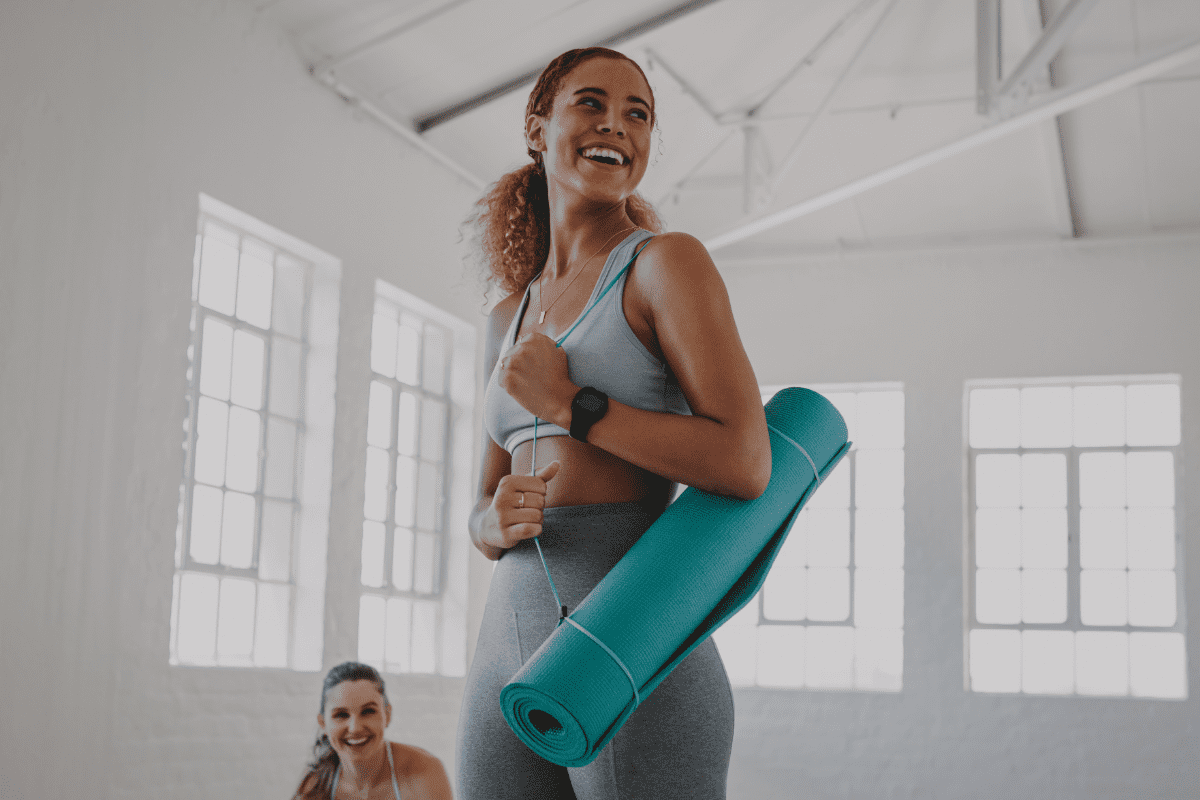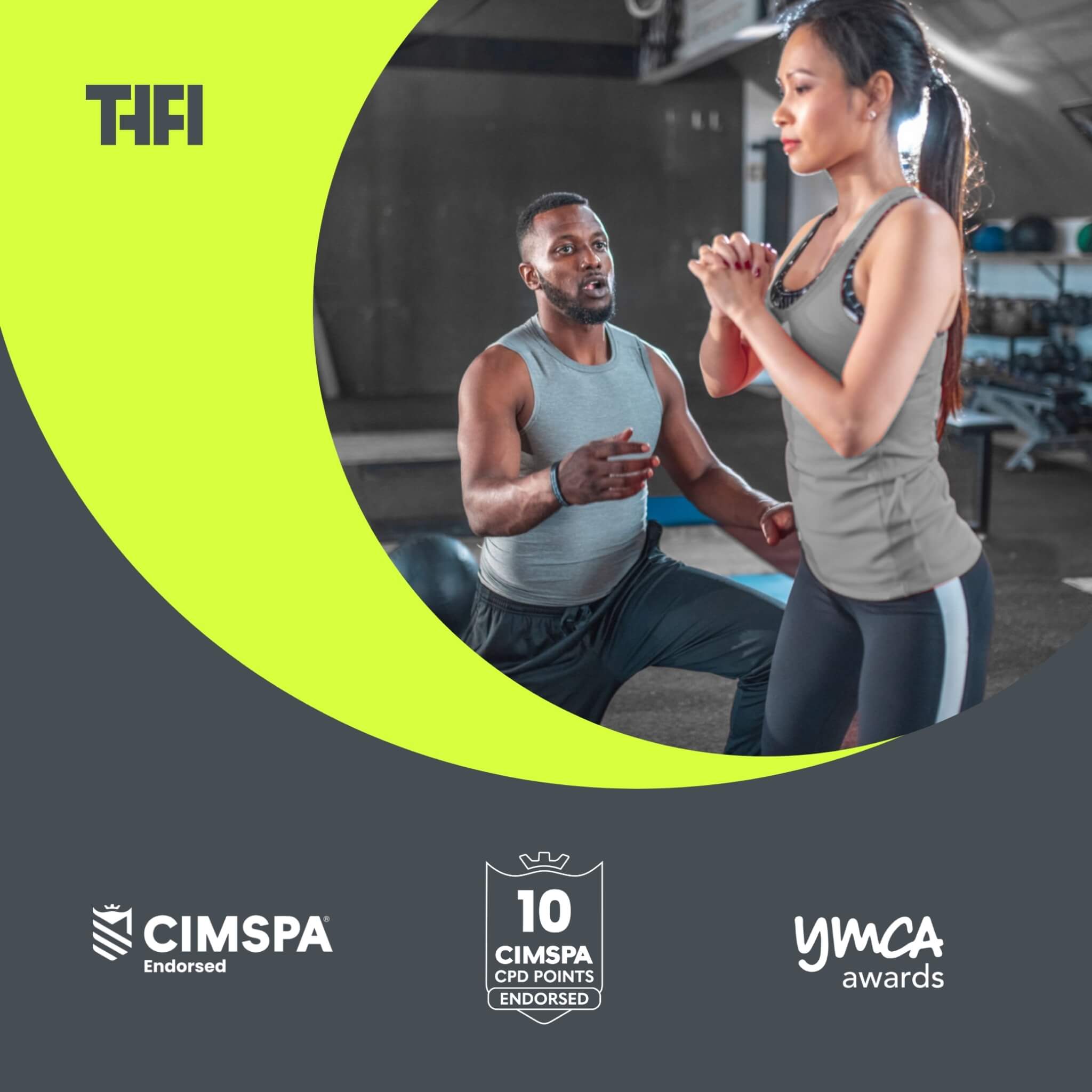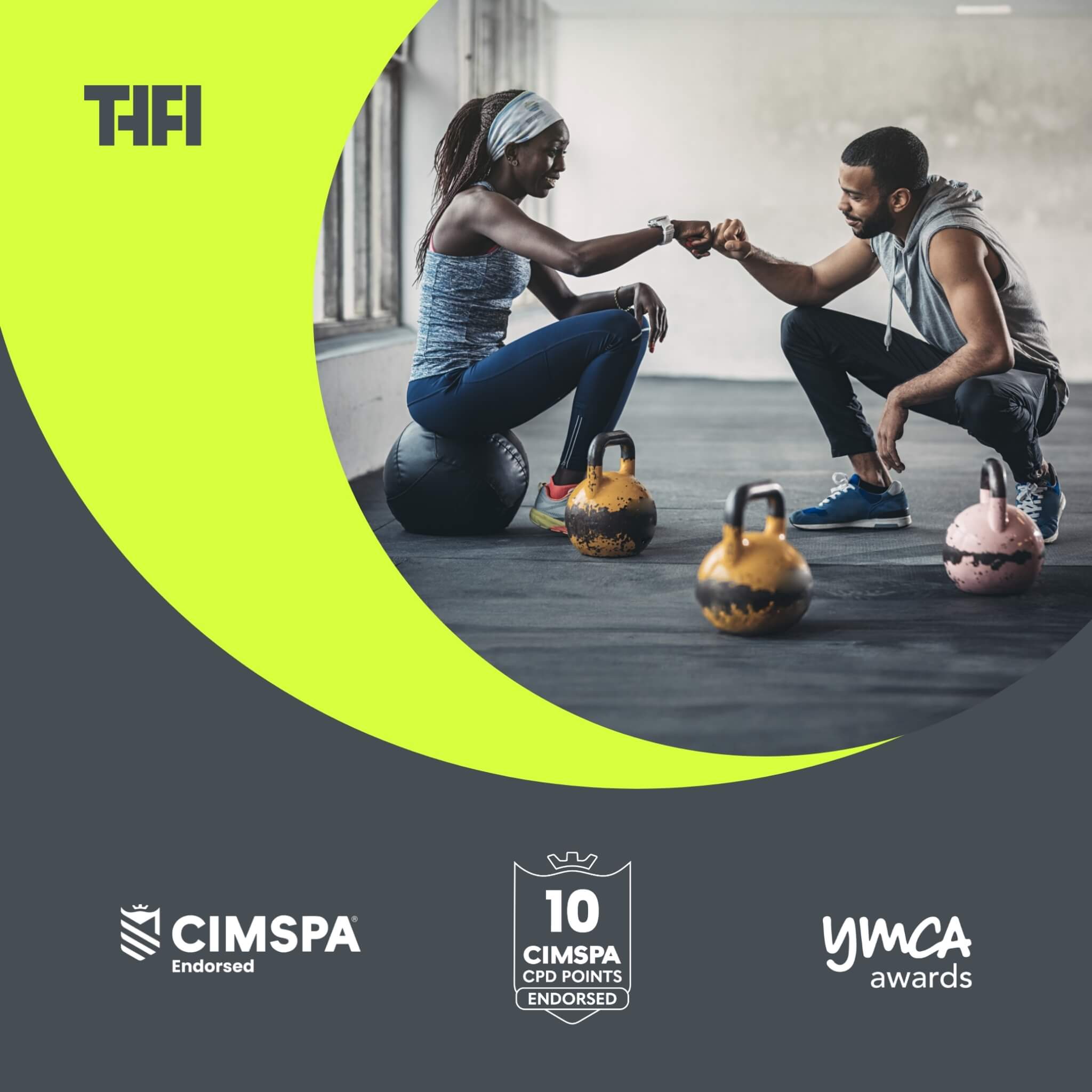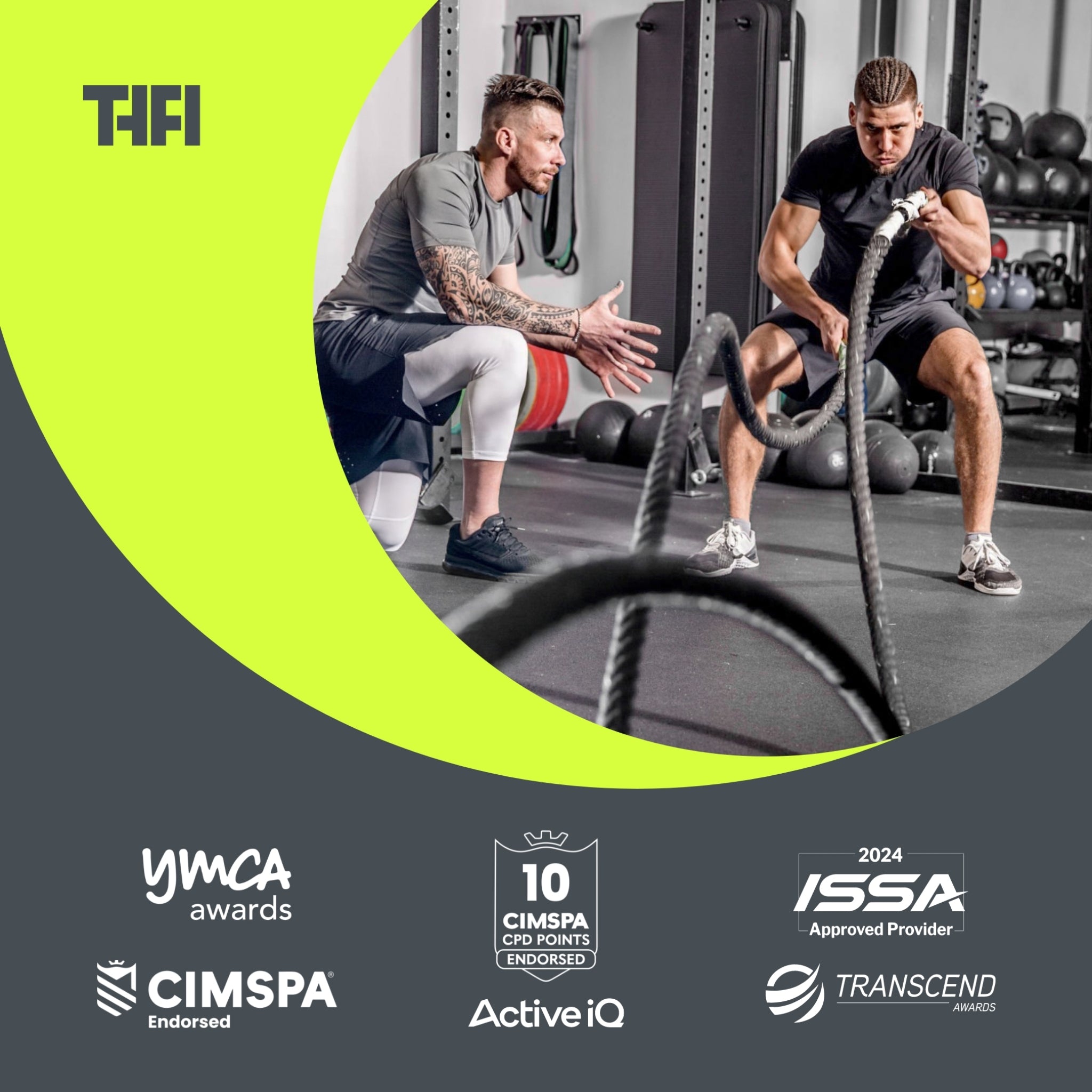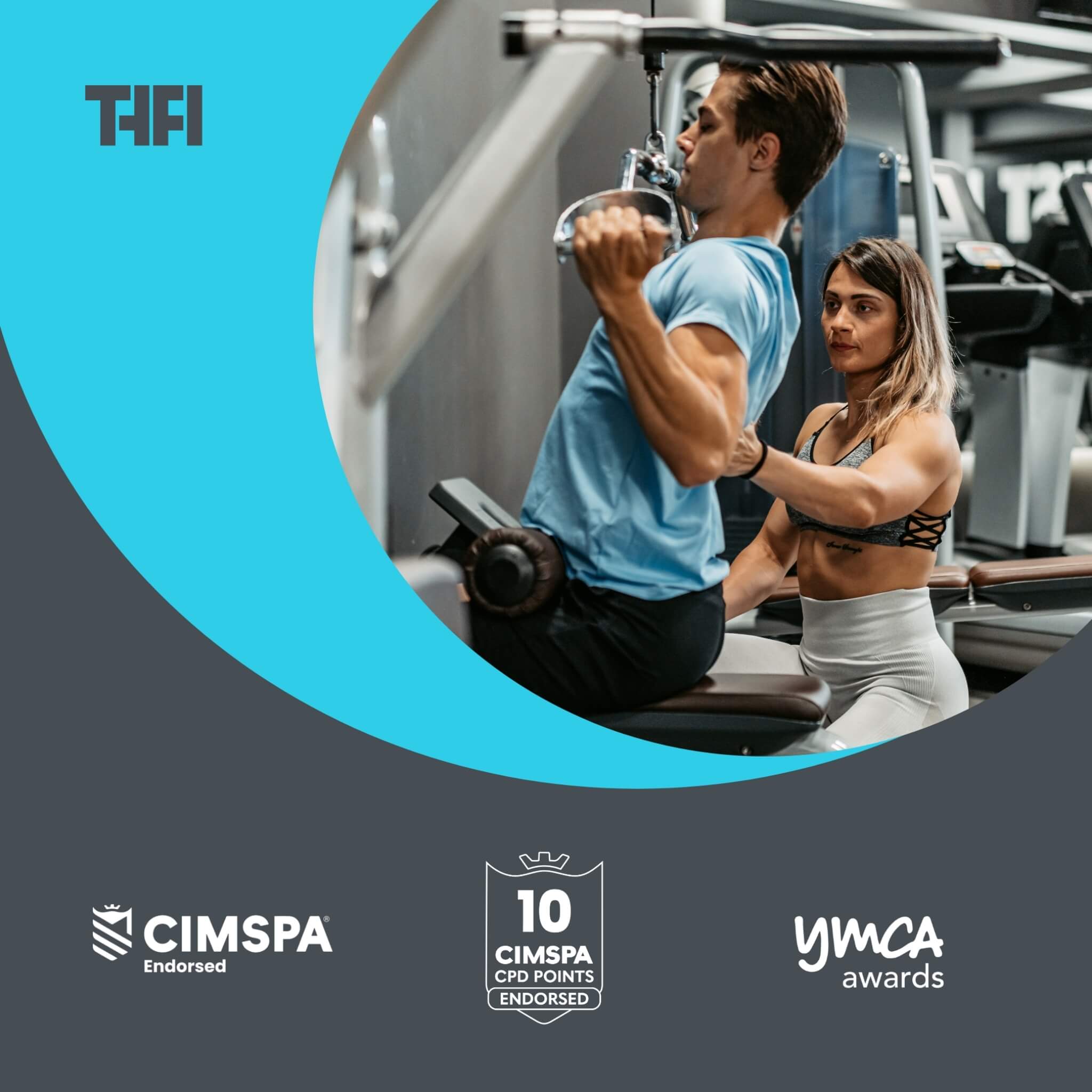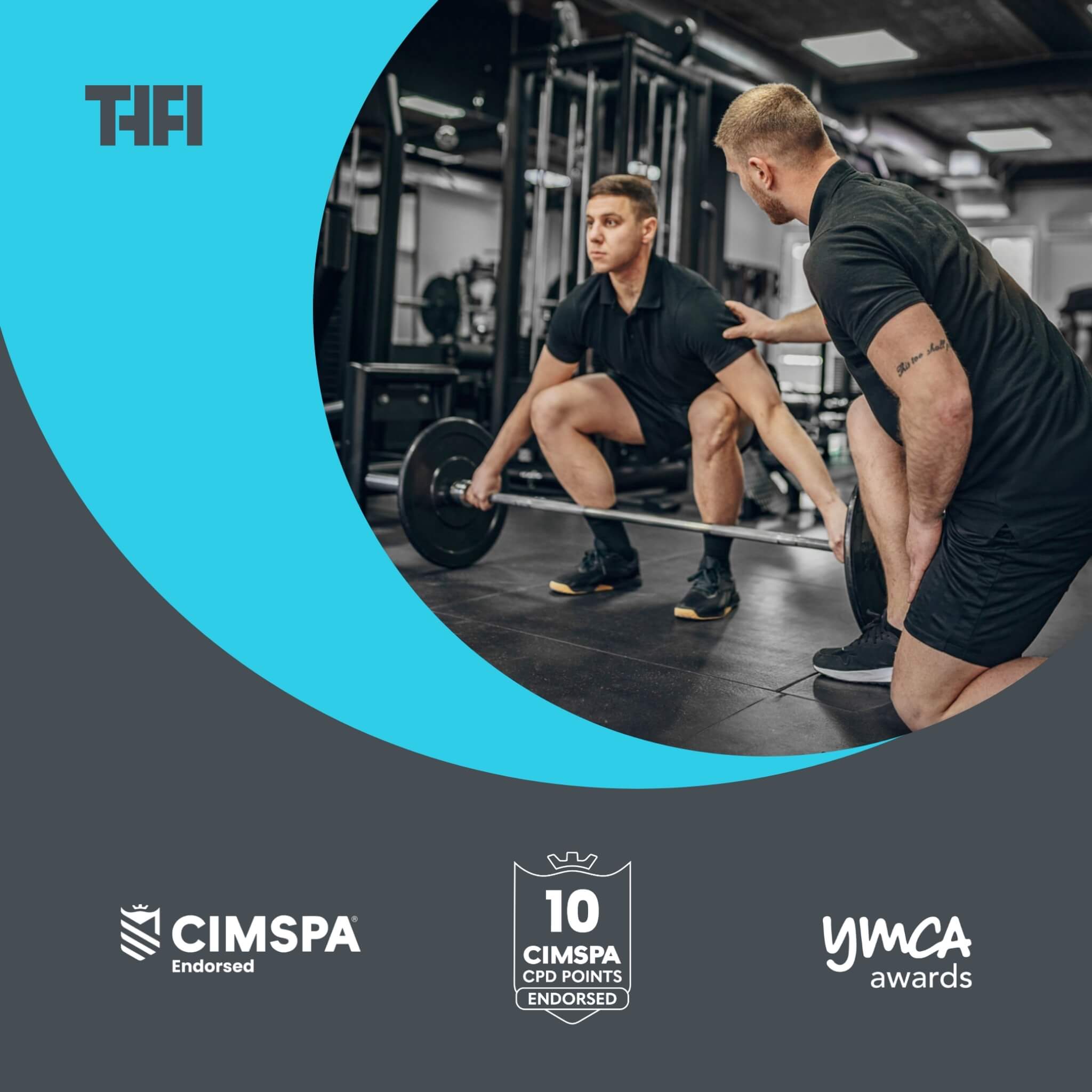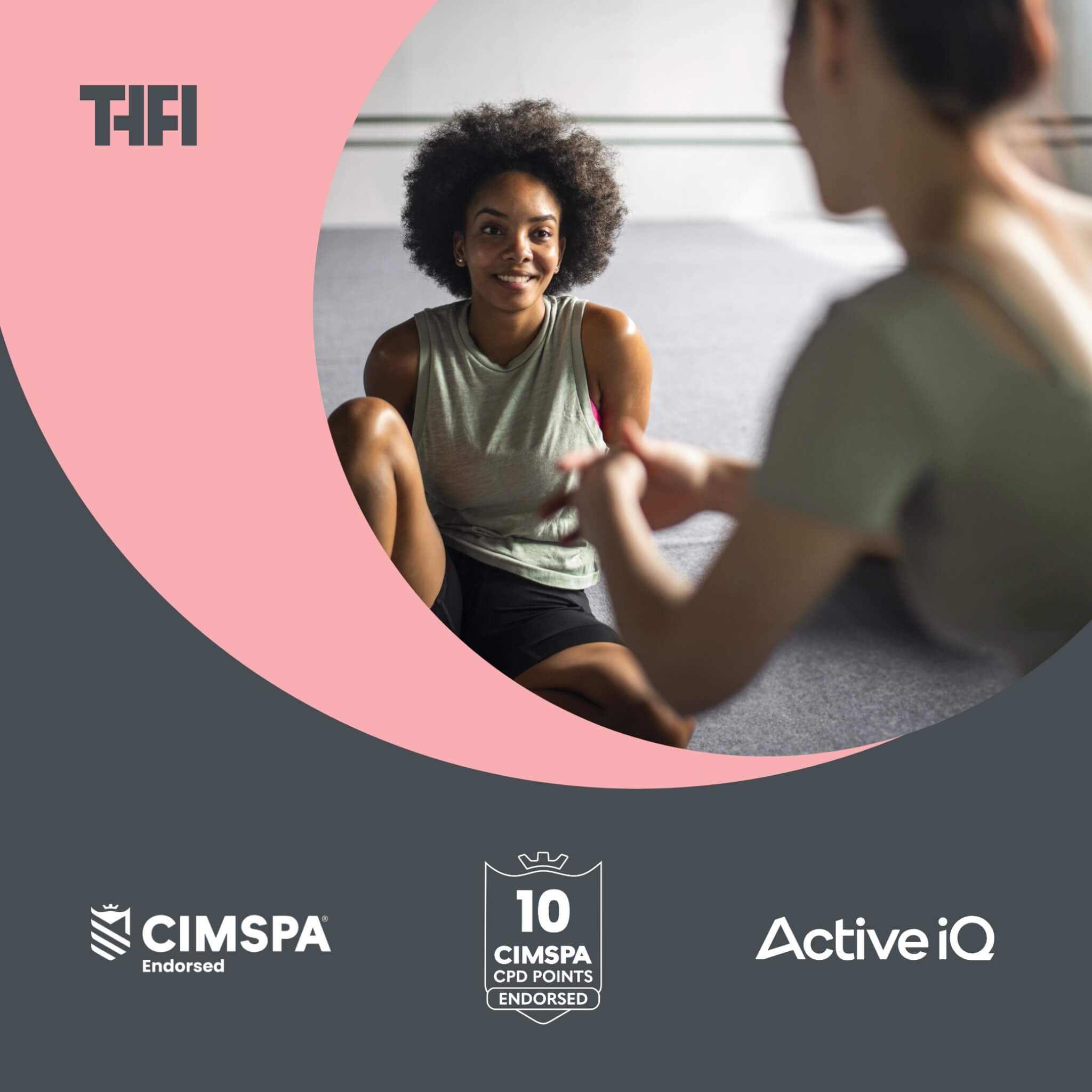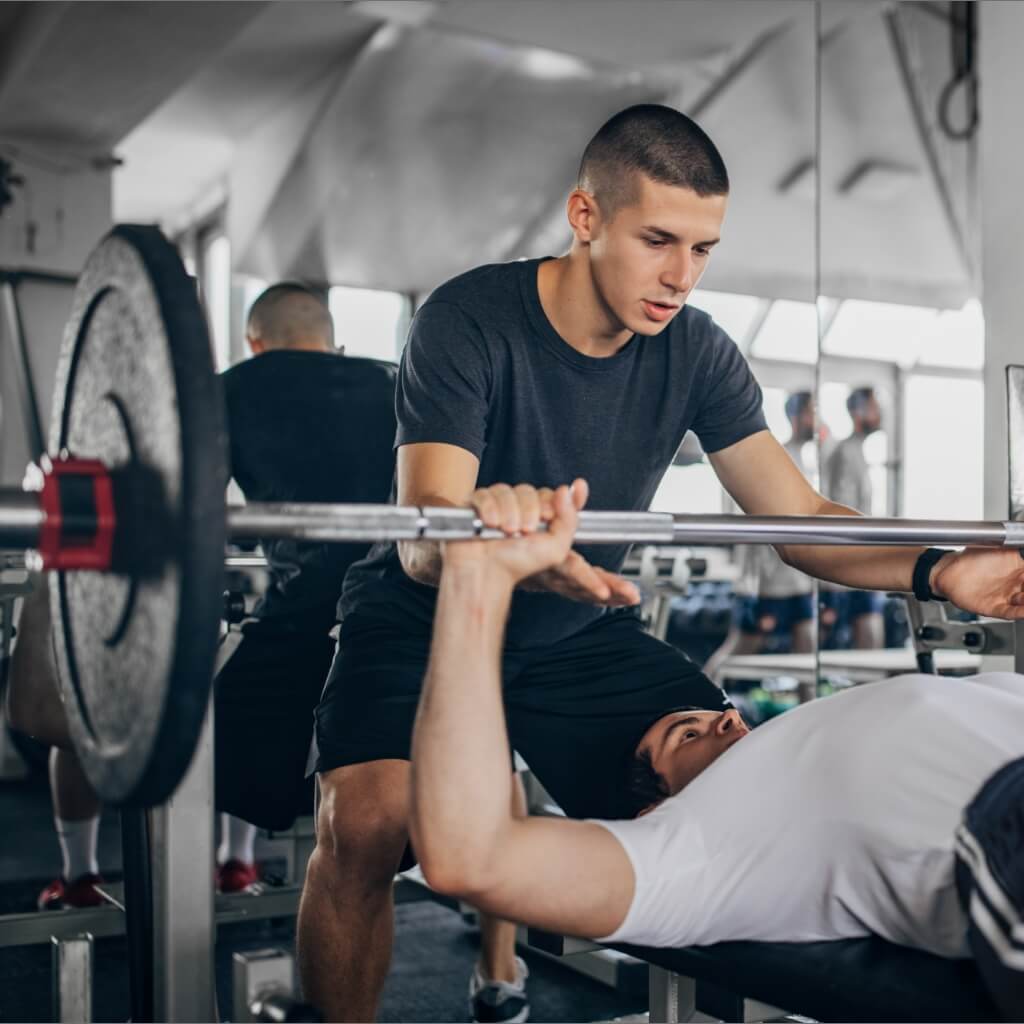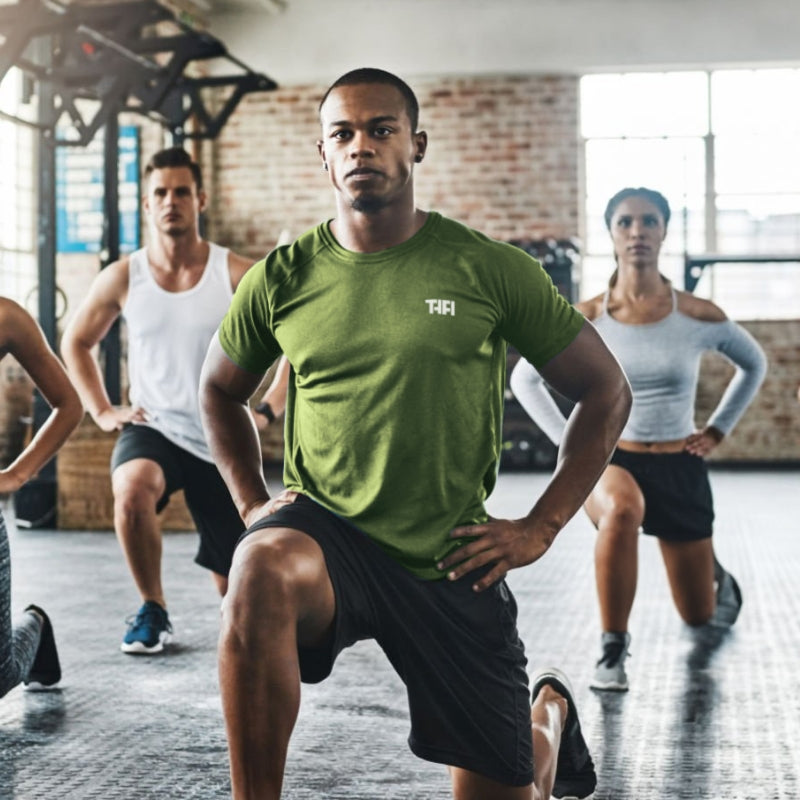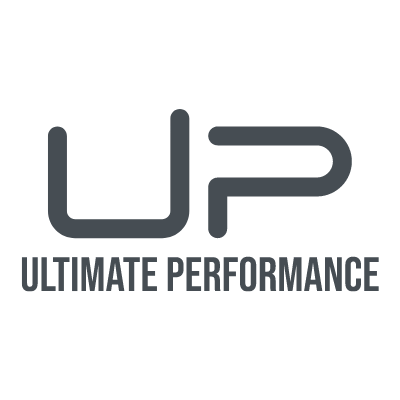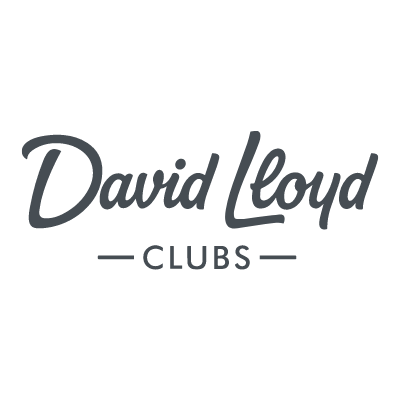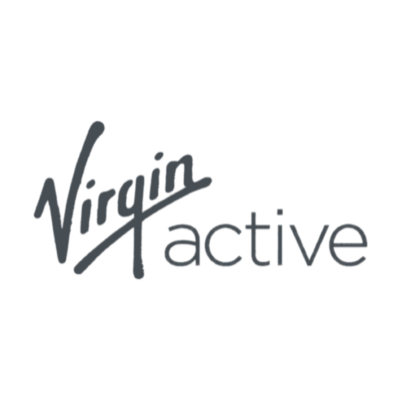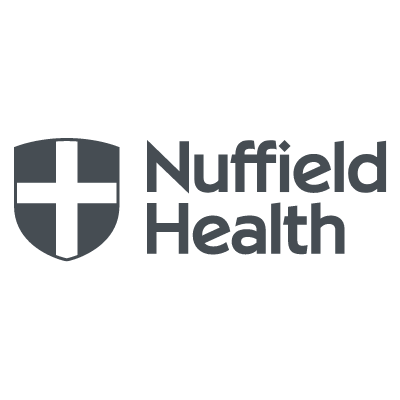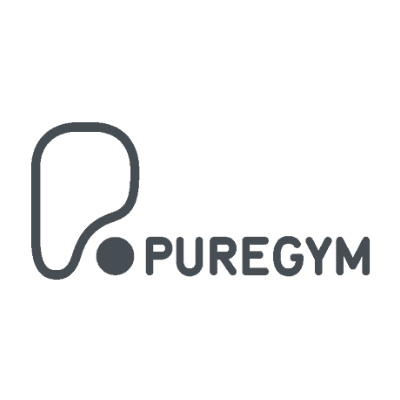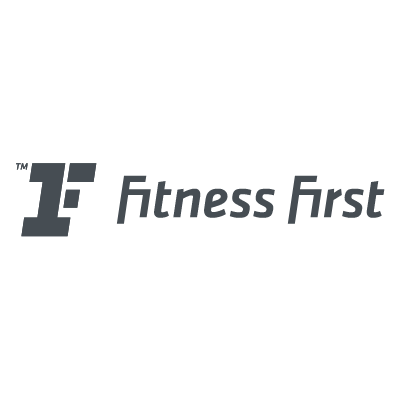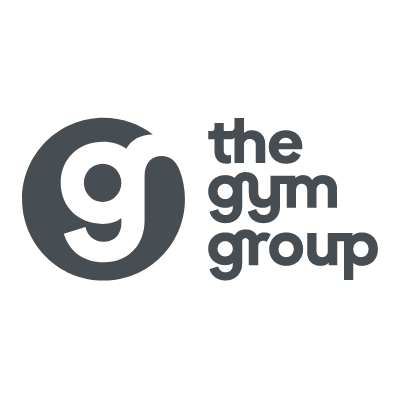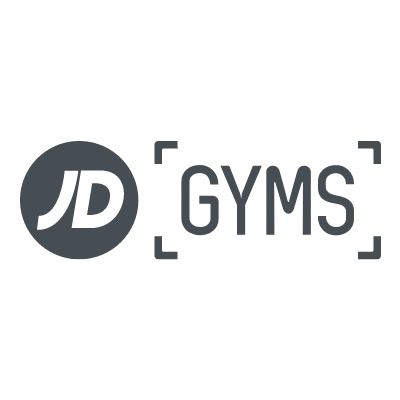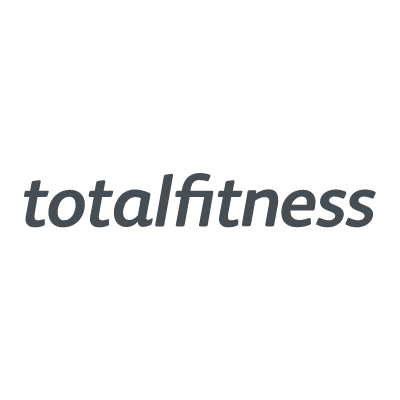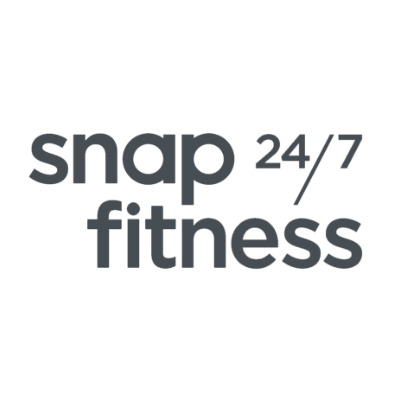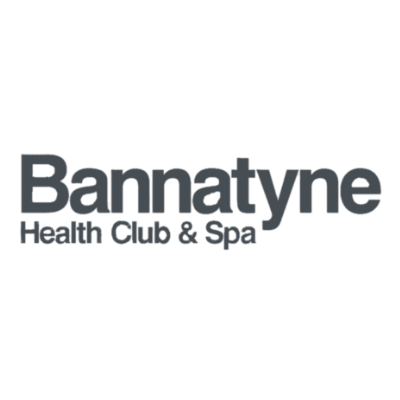How to Stay Ahead of the Curve with the Top Fitness Trends of 2023
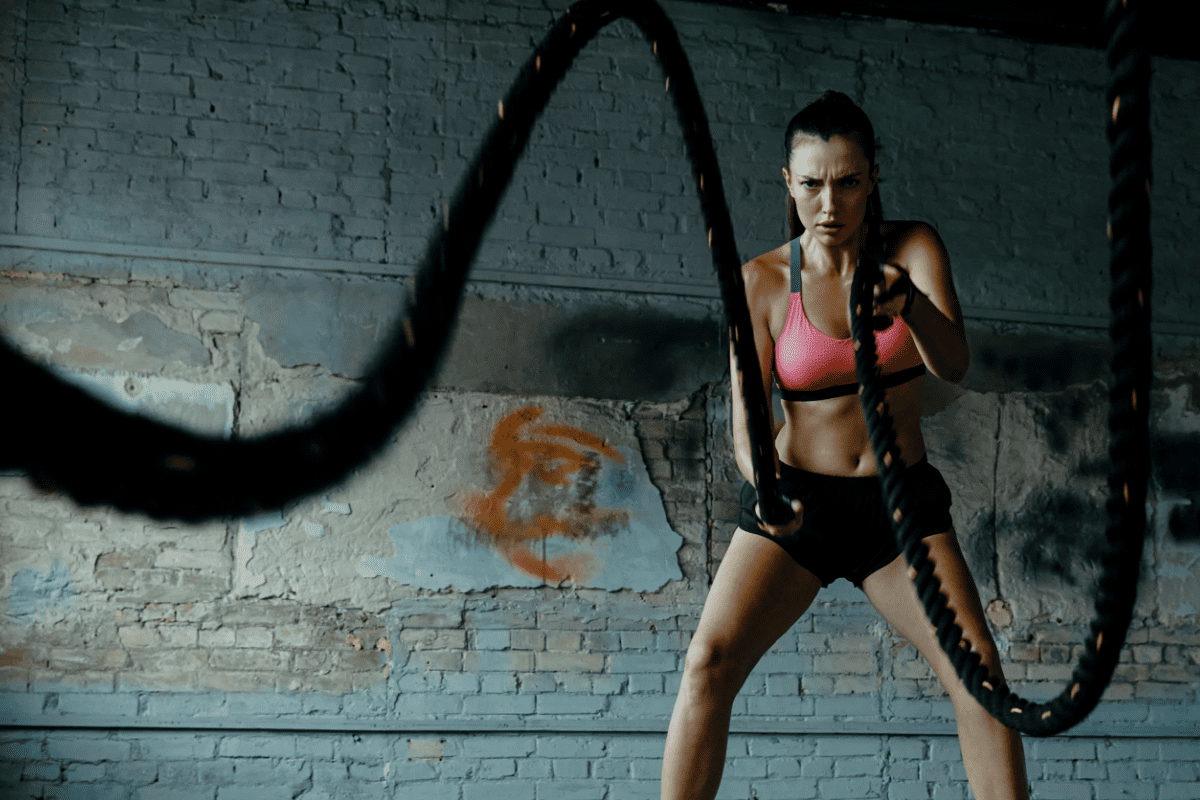
Imagine being able to offer your clients a workout that is fun, immersive, and tailored to their specific goals.
A workout that not only improves their physical health, but also their mental wellbeing – so they keep coming back for more and spread the word about your services.
This is not science-fiction – it is becoming a reality for trainers and their clients as new emerging trends transform the fitness industry in 2023.
Whether your clients are hardcore fitness enthusiasts or just beginners looking to get healthier, there are plenty of exciting options to explore from training modalities to tech trends.
This article gives you everything you need to know about the latest trends and how you can capitalise on them to build your business and boost your earnings as a trainer.
This article examines the latest trends, how they work, and how you could capitalise on them
Trend #1: VR and AR Workouts
What is it?
Virtual reality (VR) and augmented reality (AR) are technologies that create immersive and interactive environments for users. VR uses headsets or goggles to transport users to a simulated world, while AR uses devices like smartphones or glasses to overlay digital elements onto the real world.
VR and AR workouts are fitness activities that use these technologies to enhance the exercise experience. For example, Supernatural is a VR app that lets you work out in stunning locations around the world while swinging at targets with virtual bats. Holoball is another VR app that lets you play a futuristic version of racquetball against an AI opponent. Thrill of the Fight is a VR app that lets you box against realistic opponents in various settings.
Why is it popular?
VR and AR workouts are popular because they offer many benefits for users. Some of these benefits are:
- Immersion: VR and AR workouts make users feel like they are in another place or time, which can make exercise more enjoyable and engaging.
- Fun: VR and AR workouts can be fun and entertaining, as they often involve games or challenges that keep users motivated and entertained.
- Accessibility: VR and AR workouts can be accessible for people with disabilities or mobility issues, as they can adjust the difficulty or intensity of the exercises according to their needs and preferences.
- Variety: VR and AR workouts can offer a variety of options for users, as they can choose from different types of exercises, environments, modes, levels etc.
According to a report by Grand View Research, the global VR and AR market size was valued at $25.4 billion in 2020 and is expected to grow at a compound annual growth rate (CAGR) of 41.2% from 2021 to 2028.
How can you use it with your clients?
You can use VR and AR workouts with your clients in various ways, such as:
- Warm-ups: You can use VR or AR workouts as warm-ups for your clients before starting their main workout session. This can help them get ready physically and mentally for the exercise.
- Challenges: You can use VR or AR workouts as challenges for your clients during or after their main workout session. This can help them test their skills, endurance, or speed in a fun and competitive way.
- Rewards: You can use VR or AR workouts as rewards for your clients after completing their main workout session. This can help them relax, unwind, or celebrate their achievements in a satisfying way.
Trend #2: IoT-Enabled Fitness Devices
What is it?
The Internet of Things (IoT) is a network of devices that are connected to the internet and each other. These devices can collect and exchange data without human intervention.
IoT-enabled fitness devices are wearable technology that are connected to the internet and other devices. These devices include smartwatches, fitness trackers, smart shoes, smart socks etc.
IoT-enabled fitness devices can collect biometric data on body movement, distance traveled, muscle stretch, heart rhythm etc. during exercise. They can also provide feedback and recommendations based on the data.
Why is it popular?
IoT-enabled fitness devices are popular because they offer many benefits for users. Some of these benefits are:
- Convenience: IoT-enabled fitness devices are easy to use and wear. They can sync with other devices like smartphones or laptops automatically and wirelessly.
- Personalization: IoT-enabled fitness devices can provide personalized and accurate feedback and recommendations based on the user’s data. They can also adjust the difficulty or intensity of the exercises according to the user’s needs and preferences.
- Accuracy: IoT-enabled fitness devices can measure and track biometric data more precisely and reliably than human observation or estimation.
According to a report by ResearchAndMarkets.com, the global IoT-enabled health devices market size was valued at $18.8 billion in 2020 and is expected to grow at a CAGR of 25.2% from 2021 to 2028.
How does it work?
IoT-enabled fitness devices work by using sensors that collect and transmit biometric data during exercise. These sensors include:
- Accelerometers: These measure acceleration or movement in different directions.
- Gyroscopes: These measure rotation or orientation in different angles.
- Magnetometers: These measure magnetic fields or direction.
- GPS: This measures location or distance.
- Heart rate monitors: These measure heart rate or pulse.
- Temperature sensors: These measure body temperature or sweat.
How can you use it with your clients?
You can use IoT-enabled fitness devices with your clients in various ways, such as:
- Monitoring: You can use IoT-enabled fitness devices to monitor your clients’ biometric data during exercise. This can help you assess their performance and progress.
- Coaching: You can use IoT-enabled fitness devices to coach your clients during exercise. This can help you provide them with real-time feedback, guidance, and motivation.
- Motivating: You can use IoT-enabled fitness devices to motivate your clients during or after exercise. This can help you reward them with points, badges, or achievements, or challenge them with goals, milestones, or competitions.
Trend #3: Primal Movement
What is it?
Primal movement is a type of exercise that mimics the natural movements of animals and humans. It involves exercises like crawling, kicking, crouching, squatting etc.
Primal movement is based on the idea that humans have evolved to move in certain ways that are optimal for our health and well-being. It aims to restore our natural movement patterns and abilities that have been lost due to modern lifestyles.
Why is it popular?
Primal movement is popular because it offers many benefits for users. Some of these benefits are:
- Strength: Primal movement can help users build strength in their whole body, especially in their core and stabilizer muscles.
- Agility: Primal movement can help users improve their agility in their movements, such as changing direction, speed, or level.
- Mobility: Primal movement can help users increase their mobility in their joints and muscles, such as range of motion, flexibility, or coordination.
- Fun: Primal movement can be fun and playful for users, as they can explore different movements and challenge themselves in new ways.
According to a report by Polar Global, primal movement is one of the exciting wellness and fitness trends for 2023.
How does it work?
Primal movement works by activating different muscle groups and joints during exercise. Some of these include:
- Crawling: This involves moving on all fours like a baby or an animal. It works the core, shoulders, hips, knees etc.
- Kicking: This involves swinging or thrusting the legs like a martial artist or a dancer. It works the glutes, hamstrings, quads etc.
- Crouching: This involves bending or lowering the body like a hunter or a sprinter. It works the calves, ankles, lower back etc.
- Squatting: This involves lowering or raising the body like a weightlifter or a gardener. It works the thighs, glutes and hamstrings.
- Squatting: This involves lowering or raising the body like a weightlifter or a gardener. It works the thighs, glutes, core etc.
How can you use it with your clients?
- Warm-ups: You can use primal movement as warm-ups for your clients before starting their main workout session. This can help them prepare their body and mind for the exercise.
- Circuits: You can use primal movement as circuits for your clients during their main workout session. This can help them work their whole body and challenge their fitness level.
- Games: You can use primal movement as games for your clients after their main workout session. This can help them have fun, relax, and bond with other clients.
Trend #4: Outdoor Exercise
What is it?
Outdoor exercise is any type of physical activity that takes place outside of a gym or a home. It can include activities like running, cycling, hiking, swimming, kayaking, rock climbing, etc.
Outdoor exercise is based on the idea that being in nature can enhance the benefits of exercise for both the body and the mind. It can also offer more variety and challenge than indoor exercise.
Why is it popular?
Outdoor exercise is popular because it offers many benefits for users. Some of these benefits are:
- Health: Outdoor exercise can help users improve their cardiovascular health, lower their blood pressure, reduce their risk of diabetes and certain cancers, and strengthen their immune system
- Mood: Outdoor exercise can help users boost their mood, reduce their stress, and prevent or ease depression and anxiety. This is because sunlight naturally increases serotonin, a hormone that affects mood, and exercise itself produces endorphins, another feel-good hormone.
- Motivation: Outdoor exercise can help users stay motivated and consistent with their fitness goals. This is because being outside can provide more enjoyment, variety, and scenery than being indoors.
According to a report by the American College of Sports Medicine, outdoor exercise is one of the top fitness trends for 2023.
How does it work?
Outdoor exercise works by exposing users to natural elements such as sunlight, fresh air, greenery, water, etc. These elements can have positive effects on the body and the mind. Some of these effects are:
- Sunlight: Sunlight can help users regulate their circadian rhythm, which is the body’s internal clock that affects sleep and energy levels. Sunlight can also help users synthesize vitamin D, which is essential for bone health and immune function.
- Fresh air: Fresh air can help users breathe better and improve their lung function. Fresh air can also reduce the exposure to indoor pollutants that can trigger allergies, asthma, and other respiratory diseases.
- Greenery: Greenery can help users relax and calm their nervous system. Greenery can also reduce the risk of mortality from respiratory diseases by providing cleaner air.
- Water: Water can help users cool down and hydrate during exercise. Water can also provide resistance and buoyancy for low-impact exercises that are gentle on the joints.
How can you use it with your clients?
You can use outdoor exercise with your clients in various ways:
- Sessions: You can conduct your sessions outdoors instead of indoors. You can choose a location that suits your client’s preferences and goals, such as a park, a beach, a trail, etc.
- Programs: You can design programs that incorporate outdoor exercises into your client’s routine. You can suggest activities that match your client’s fitness level and interests, such as running, cycling, hiking, etc.
- Challenges: You can create challenges that encourage your client to try new outdoor exercises or increase their intensity or duration. You can reward your client with feedback, praise, or incentives for completing the challenges.
- Tips: You can give tips to your client on how to make outdoor exercise safe and enjoyable. You can advise your client on how to dress appropriately for the weather, how to protect themselves from the sun or insects, how to stay hydrated and fuelled, etc.
Trend #5: Mini Workouts
What is it?
Mini workouts are short bouts of exercise that last from 5 to 15 minutes each. They can be done throughout the day, whenever you have some spare time or need a break from your work or other activities.
Mini workouts can include any type of exercise that gets your heart rate up and works your muscles, such as cardio, strength, or HIIT exercises. They can also be tailored to your fitness level and goals, such as fat loss, muscle gain, endurance, etc.
Why is it popular?
Mini workouts are popular because they offer many benefits for users. Some of these benefits are:
- Convenience: Mini workouts can fit into any busy schedule, as they don’t require a lot of time or equipment. You can do them at home, at work, or anywhere you have some space and motivation.
- Effectiveness: Mini workouts can be just as effective as longer workouts if done with enough intensity and frequency. Studies have shown that mini workouts can improve cardiovascular health, lower blood pressure, reduce body fat, and increase fitness levels.
- Variety: Mini workouts can provide more variety and fun than doing the same long workout every day. You can mix and match different exercises and formats to keep your body and mind challenged and interested.
According to a report by the American Council on Exercise, mini workouts are one of the emerging fitness trends for 2023.
How does it work?
Mini workouts work by accumulating exercise throughout the day in short bursts of activity. The key is to make sure these bursts are of moderate-to-vigorous intensity, meaning you work hard enough to raise your heart rate and break a sweat.
Some examples of mini workouts are:
- 5-minute cardio blast: Do 1 minute each of jumping jacks, high knees, mountain climbers, burpees, and skaters.
- 10-minute strength circuit: Do 10 reps each of squats, push-ups, lunges, rows, and planks. Repeat as many times as you can in 10 minutes.
- 15-minute HIIT workout: Do 20 seconds of sprinting, jumping rope, or cycling at maximum effort, followed by 10 seconds of rest. Repeat 8 times for a total of 4 minutes. Rest for 1 minute and repeat the whole cycle 3 times.
How can you use it with your clients?
You can use mini workouts with your clients in various ways:
- Homework: You can assign mini workouts to your clients as homework between your sessions. This can help them maintain their fitness level and progress towards their goals.
- Challenges: You can create challenges that involve doing a certain number of mini workouts per week or month. You can reward your clients with feedback, praise, or incentives for completing the challenges.
- Tips: You can give tips to your clients on how to make mini workouts effective and enjoyable. You can advise them on how to choose the right exercises, intensity, frequency, and duration for their mini workouts.
Trend #6: Gamification
What is it?
Gamification is the process of applying game elements and mechanics to non-game contexts, such as fitness. It can include features such as points, badges, leaderboards, levels, challenges, rewards, etc.
Gamification can be used to make fitness more fun and engaging for users, by providing them with feedback, motivation, and social interaction. It can also be used to make fitness more personalized and adaptable, by allowing users to choose their own goals, preferences, and difficulty levels.
Gamification can be implemented in various ways, such as fitness apps, video games, virtual reality, wearable devices, etc.
Why is it popular?
Gamification is popular because it offers many benefits for users. Some of these benefits are:
- Enjoyment: Gamification can make fitness more enjoyable and satisfying for users, by adding elements of playfulness, creativity, and competition. It can also reduce boredom and monotony that may arise from doing the same workouts over and over.
- Motivation: Gamification can increase motivation and adherence for users, by providing them with clear goals, feedback, and rewards. It can also tap into intrinsic motivation, such as curiosity, mastery, and autonomy, that can drive users to pursue their fitness goals for their own sake.
- Performance: Gamification can improve performance and outcomes for users, by challenging them to work harder, smarter, and longer. It can also help them track their progress and achievements and compare them with others or themselves.
According to a report by ResearchAndMarkets.com, the global gamification market is expected to grow at a compound annual growth rate of 27.4% from 2021 to 2026.
How does it work?
Gamification works by applying game design principles and techniques to fitness activities. The main components of gamification are:
- Game mechanics: These are the rules and structures that define how the game works. They include elements such as points, badges, leaderboards, levels, challenges, rewards etc.
- Game dynamics: These are the patterns of behaviour and emotions that emerge from the game mechanics. They include elements such as competition, cooperation, exploration, feedback etc.
- Game aesthetics: These are the aspects of the game that appeal to the senses and emotions of the users. They include elements such as graphics, sound effects, music, story etc.
How can you use it with your clients?
You can use gamification with your clients in many ways:
- Apps: You can recommend or create apps that gamify fitness activities for your clients. You can choose apps that suit your client’s goals, interests, and preferences, such as Zombies Run, Fitocracy, Nike Run Club etc.
- Video games: You can suggest or create video games that incorporate fitness activities for your clients. You can choose games that match your client’s fitness level and equipment, such as Ring Fit Adventure, Just Dance, Wii Fit etc.
- Virtual reality: You can introduce or create virtual reality experiences that simulate fitness activities for your clients. You can choose experiences that immerse your client in realistic or fantasy environment, such as Supernatural, Beat Saber, The Climb etc.
Gamification is a fantastic way to help your clients have fun and achieve their fitness goals in a novel and exciting way. By using gamification with your clients, you can show them that fitness can be a game they love to play.




